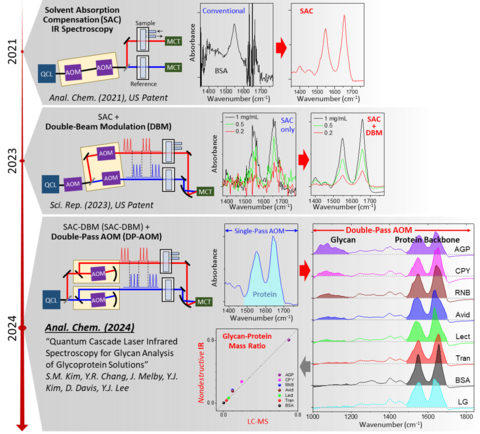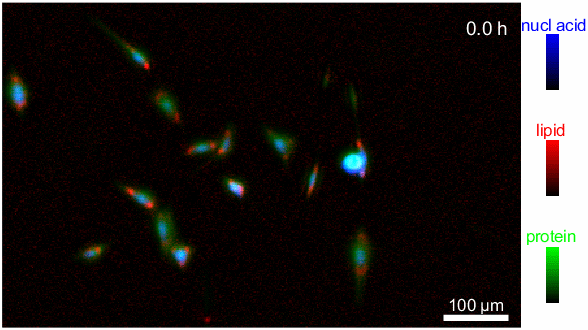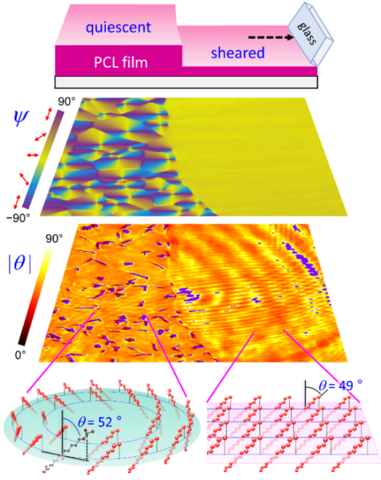Young Jong Lee (Fed)
Research Chemist, Project Leader
Young Jong Lee has developed hyperspectral imaging technologies based on coherent Raman scattering and infrared (IR) absorption at NIST. His recent research has focused on advancing the quantitative and structural measurement techniques for proteins, gene delivery systems, live cells, polymer films, microplastics, and semiconductor packaging materials. (Google Scholar).
CURRENT RESEARCH INTERESTS
Development of New Measurement Technology (listed from new to old in each category)
- High-sensitivity IR spectroscopy based on quantum cascade lasers (QCL)
- QCL-IR microscopy for quantitative imaging of biochemicals in live cells
- Quantitative imaging of microplastics with chemical identification
- Two-dimensional correlation spectroscopy (2DCOS)
- 3D orientation imaging using polarization-controlled IR and BCARS microscopy
- Label-free chemical imaging by broadband coherent anti-Stokes Raman scattering (BCARS) microscopy

Therapeutic Proteins
- Glycan and monosaccharide analysis of glycoproteins by QCL-IR spectroscopy
- Quantitative IR spectroscopy of proteins and gene delivery systems
- Biophysical stability (unfolding/aggregation) of protein drugs
Cell Systems and Tissues
- Label-free IR imaging of live cells and measuring the absolute quantities of biomolecules per cell
- Non-invasive IR cell metrology of cell viability and other cell status

Soft Matter Physics
- IR identification and size characterization of micro- and nano-plastics
- Accurate Curing kinetics metrology of molding materials for advanced packaging in CHIPS
- Molecular and orientational structure of polymer films

EMPLOYMENT OPPORTUNITIES
NRC Postdoctoral Fellowship: US citizens only. Please visit the following opportunities.
- Label-Free Cell Imaging Using Advanced Vibrational Spectroscopy
- Advanced Imaging of Biomaterials and Smart Polymers
- Advanced Vibrational Spectroscopy of Proteins
- Mapping Responses in Complex Microbial Systems using Advanced Imaging
We may have postdoc positions open to both non-US citizens and US citizens. If interested in any of the projects described above, please email at youngjong.lee [at] nist.gov (youngjong[dot]lee[at]nist[dot]gov).
Awards
- 2022: Department of Commerce Bronze Medal Award, “For the development of broadband coherent anti-Stokes Raman scattering microscopy for quantitative, comparable chemical imaging in complex samples.”
- 2013: MML Distinguished Associate Award for Technical Achievement, “For crucial innovations in the development and application of rapid data acquisition methods and reliable and reproducible data analysis in broadband coherent anti-Stokes Raman imaging.”



